caisson
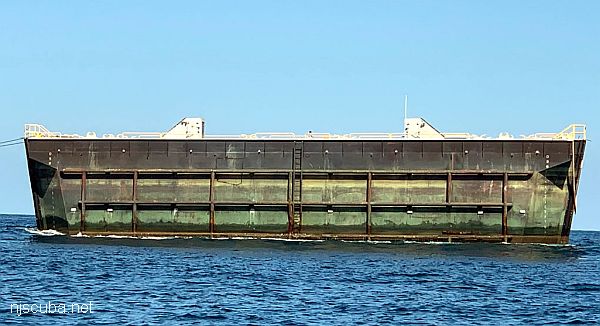
- Type:
- artificial reef, drydock gate
- Specs:
- ( 110 ft )
- Sunk:
- Saturday July 27, 2019 - Atlantic City Artificial Reef
- GPS:
- 39°14.080' -74°12.862'
- Depth:
- 90 ft
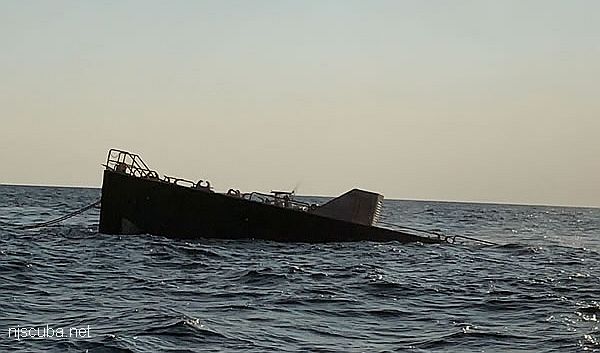
A caisson gate, constructed off heavy gauge steel with several tons of ballast in the keel, is a barrier used to dam off the open end of a dry dock. The gates originated from the U.S. Navy and range in size from 110-140 feet long and roughly 30-40 feet high, with a width of 25 feet. The first deployment of a caisson gate occurred on the Atlantic City Reef in a "patch" reef now called the William Kane Reef in honor of the first New Jersey Artificial Reef Coordinator, William "Bill" Kane Figley.
Once the structure is fully flooded, it will have no more reason to remain upright and will fall over flat.

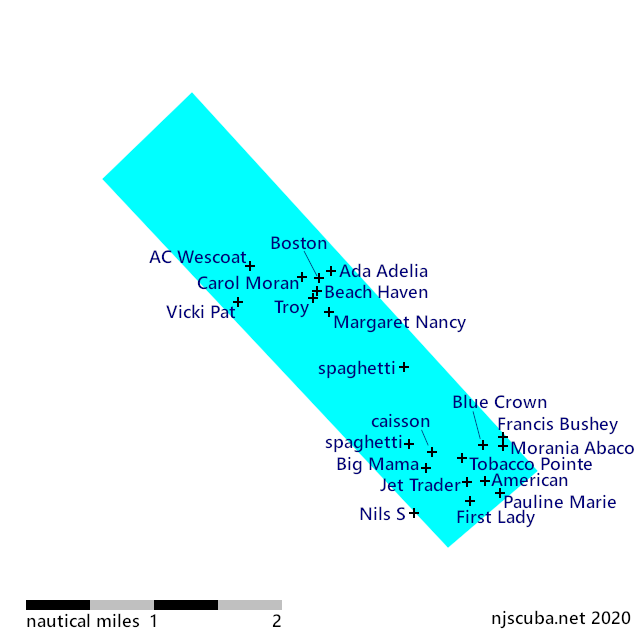
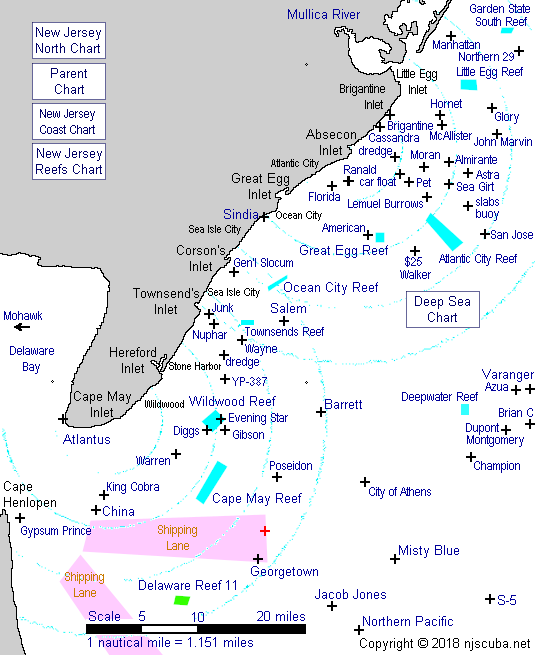
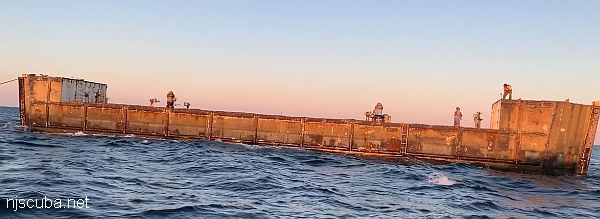
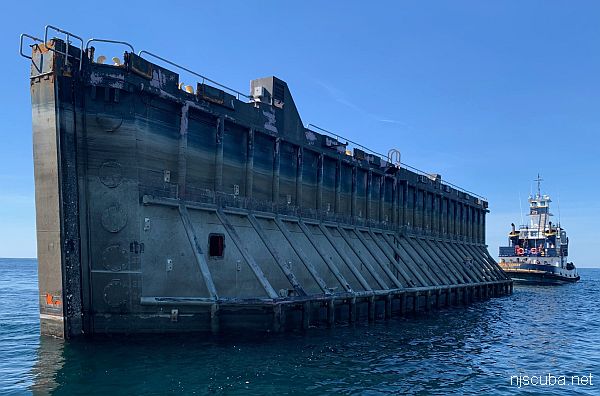
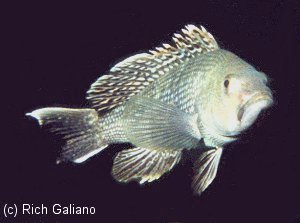
Questions or Inquiries?
Just want to say Hello? Sign the .